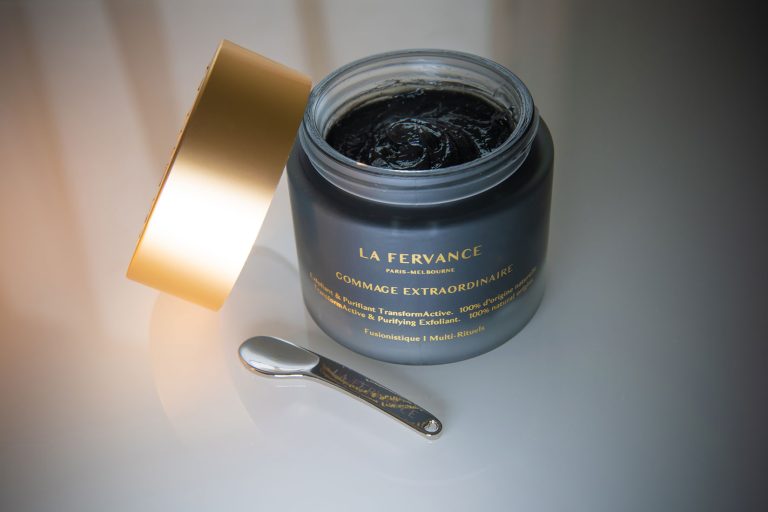
WHAT IS GOMMAGE
What is Gommage? Gommage, derived from the French word for “erase” or “rub off,” is a gentle exfoliation method that removes dead skin cells to

Masks are a simple method for helping reduce transmission of the virus that causes COVID-19, alongside physical distancing, hand-washing and other infection control measures. If enough people wear them, they may even help avoid a lockdown.
So, what mask should I be wearing? Surgical or cloth?
Surgical Masks
Disposable surgical masks are subject to various regulatory standards around the world. These standards specify certain required physical properties and performance characteristics in order to claim compliance. During a pandemic, health authorities will often use the following performance standards when making recommendations.
* P2 (Australia/New Zealand AS/NZA 1716:2012) Respiratory protective devices describes three classes of particulate filter, Class P1, P2 and P3. The P2 respirator is equivalent to the USA standard N95 and endorsed by the Australian government for public use during the corona virus pandemic.
* N95 (United States NIOSH-42CFR84)
* FFP2 (Europe EN 149-2001)
* KN95 (China GB2626-2006)
* Korea 1st class (Korea KMOEL – 2017-64)
* DS2 (Japan JMHLW-Notification 214, 2018)
What is the Difference Between a P2, N95, KN95 FFP2 Mask? Essentially, they are very similar with main difference being a P2 mask protects the wearer and surrounding environment, whilst a surgical mask is a loose-fitting device that creates a physical protective barrier which is intended to protect others, not the wearer. Unlike a P2 mask, a surgical mask has no seal around the face allowing airborne particles to enter from loose gaps.
Surgical masks are usually made of three or four layers, most commonly polypropylene.
Only masks the Therapeutic Goods Administration (TGA) approves as medical products (officially known as medical devices) can be used in hospitals.
If your surgical mask says, “not for medical use”, it doesn’t necessarily mean it’s useless. It just means it has not been submitted to the TGA for approval as a medical device
Cloth Masks
Cloth masks are non-medical devices. But they can be designed to be reasonably protective.
A single-layered mask is better than no covering, but the more layers the better.
For a cloth mask, pure cotton is not a good choice for the outer layer, as it is absorbent. If someone else is coughing and sneezing near you, you want your mask to block those droplets rather than enable them to pass through the mask and infect you. A polyester or cotton-polyester blend is a better choice for this outer layer.
And remember to wash your cloth mask daily.
Test for good filtration and fit
For filtration and fit, you can do the simple candle test, popularised by US science educator Bill Nye.
It’s simple, if you can blow out a candle while wearing your mask, that’s a fail. It means your mask doesn’t adequately stop the flow of air
Test for water resistance
If a drop of water on the outside surface is absorbed straight away, that’s a fail. If the drop forms a bead, the mask is water-resistant.
The virus is carried on water droplets expelled when infected people talk, cough and sneeze. If these droplets land on your mask, you want the outer layer to repel them.
Whether you go for a surgical mask that’s an approved medical device, an unapproved surgical mask, or a cloth mask, these simple tips should help you assess it before leaving the house.
For more detailed information you can refer to the link below
World Health Organisation – CV19 and Masks
-To learn about our Journey – click here – https://lafervance.com/about/
-To learn about our sustainability – click here – https://lafervance.com/social-impact-and-commitment/
-To learn about our founder – click here – https://lafervance.com/the-founder/
-To read our customer reviews – click here – https://lafervance.com/reviews/

What is Gommage? Gommage, derived from the French word for “erase” or “rub off,” is a gentle exfoliation method that removes dead skin cells to

French skincare is a global benchmark for beauty, celebrated for its effortless elegance and focus on natural, radiant skin. Rooted in a philosophy that prioritizes




















login ~login ~login ~login ~login ~login ~login ~login ~login ~login ~login ~
search ~ search ~ search ~ search ~ search ~ search ~ search ~ search ~ search ~ search ~ search ~ search ~ search ~ search ~ search ~ search